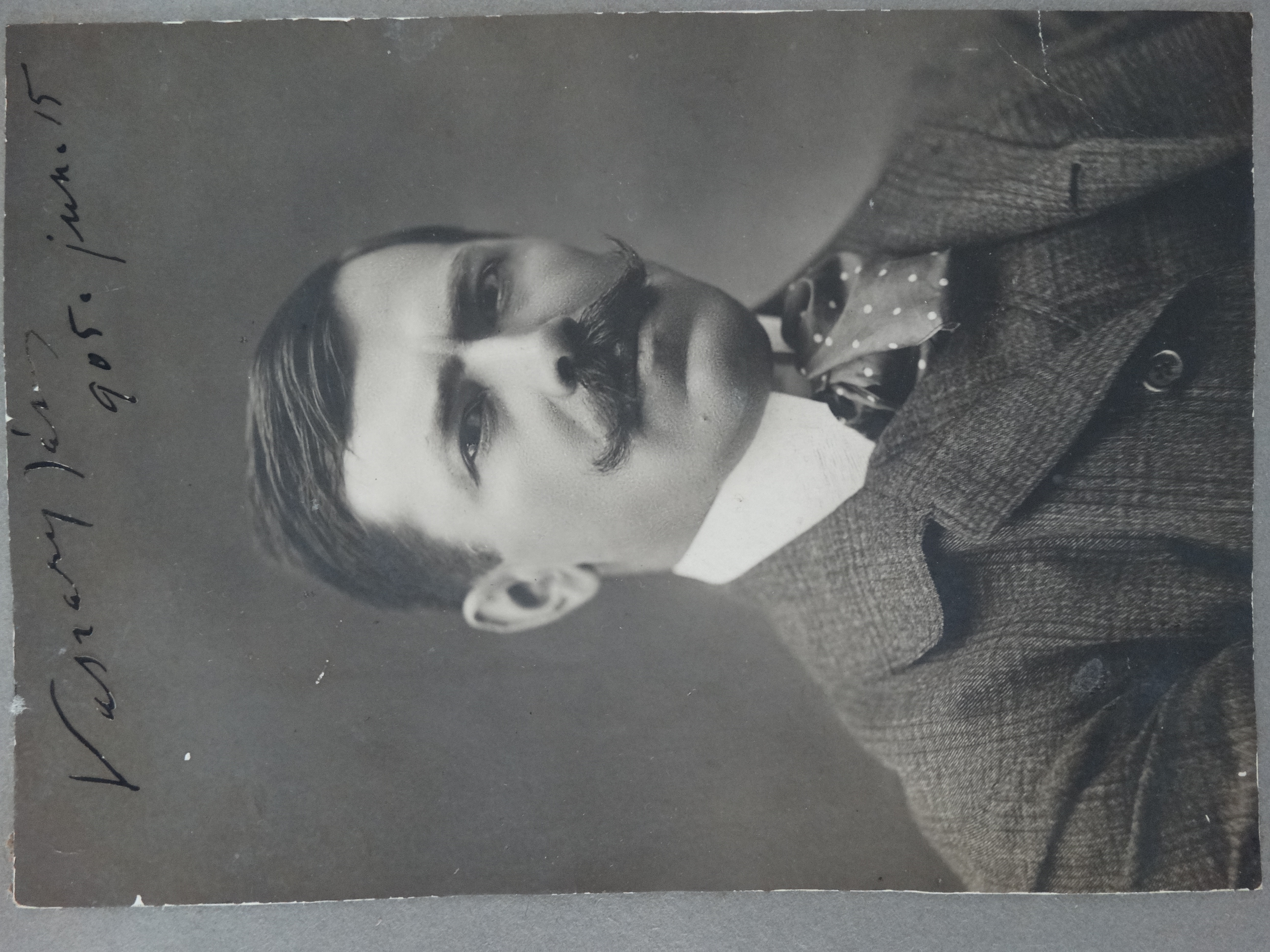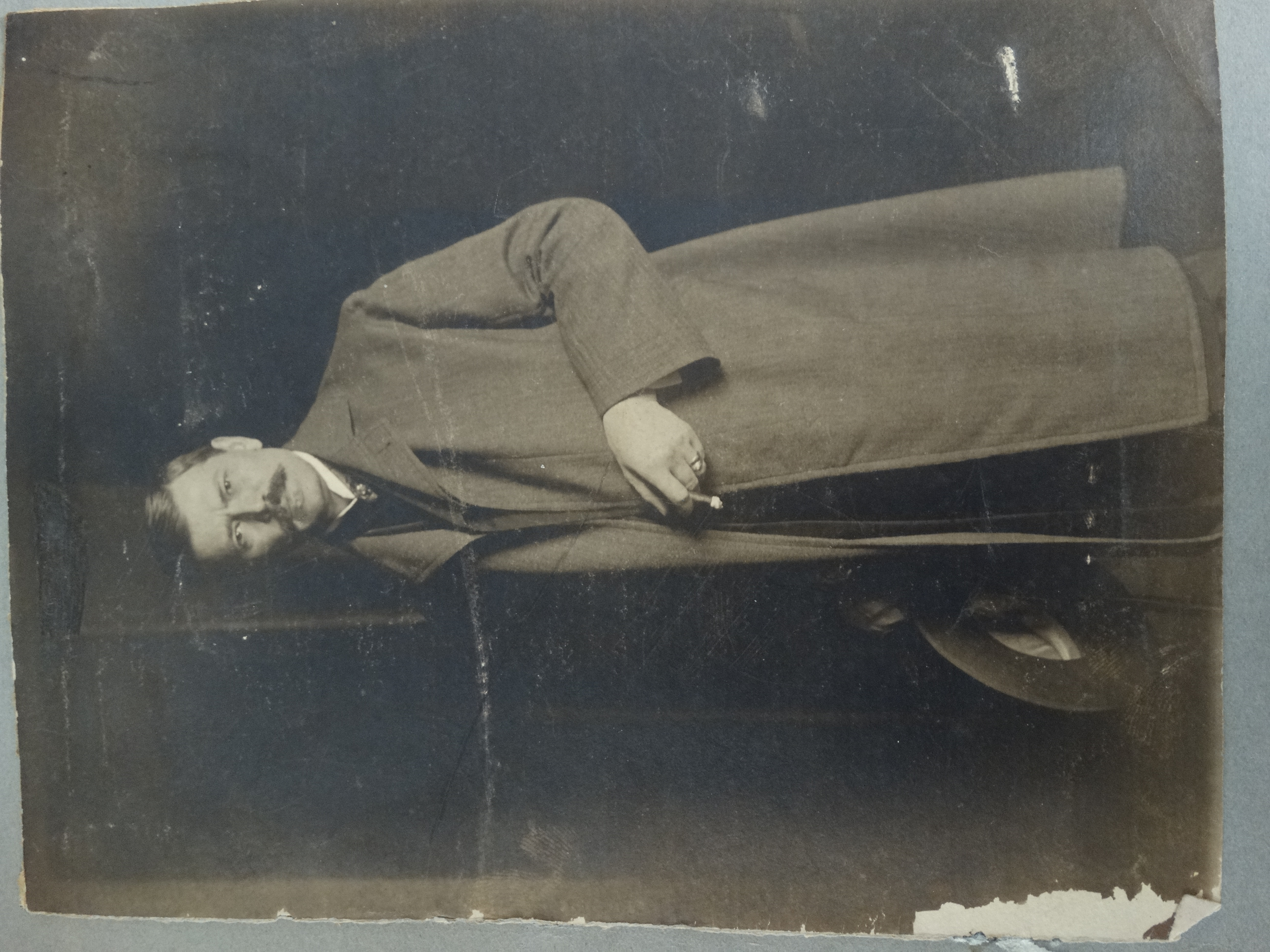János Vaszary on:
[Wikipedia]
[Google]
[Amazon]
János Miklós Vaszary (30 November 1867 – 19 April 1939) was a Hungarian painter and graphic artist.
@ the Magyar Életrajzi Lexikonban. Although he later became involved with Simon Hollósy and theBenezit Dictionary of Artists
/ref> In 1905 one of his paintings (''The Sharecropper'') was purchased by Emperor

File:Vaszary The Command Has Arrived 1894.jpg, ''The Command Has Arrived'' (''Farewell!''), 1894
File:Vaszary János Nő kertben székkel c. 1930.jpg, ''Woman Sitting in the Garden'' (c.1930)
File:Vaszary János Morfinista 1930-as évek.jpg, ''The Morphinist'' (c.1930)
File:Vaszary János Gladioluszok (1938).jpg, ''
(date unknown)
Lázár Béla: Vaszary János
@ Művészet
from ''
Vaszary János
@ Aranykor {{DEFAULTSORT:Vaszary, Janos 1867 births 1939 deaths 19th-century Hungarian people 20th-century Hungarian people 19th-century Hungarian painters 20th-century Hungarian painters Académie Julian alumni People from Kaposvár Academic staff of the Hungarian University of Fine Arts Hungarian male painters 19th-century Hungarian male artists 20th-century Hungarian male artists
Biography
He was born into a prominentCatholic
The Catholic Church, also known as the Roman Catholic Church, is the largest Christian church, with 1.3 billion baptized Catholics worldwide . It is among the world's oldest and largest international institutions, and has played a ...
family in Kaposvár
Kaposvár (; also known by other alternative names) is a city with county rights in the southwestern part of Hungary, south of Lake Balaton. It is one of the leading cities of Transdanubia, the capital of Somogy County, and the seat of the Kapo ...
. His uncle was Kolos Ferenc Vaszary, the Archbishop of Esztergom
Esztergom ( ; german: Gran; la, Solva or ; sk, Ostrihom, known by alternative names) is a city with county rights in northern Hungary, northwest of the capital Budapest. It lies in Komárom-Esztergom County, on the right bank of the river Dan ...
. His art studies began at the Hungarian University of Fine Arts
The Hungarian University of Fine Arts ( Hungarian: ''Magyar Képzőművészeti Egyetem'', MKE) is the central Hungarian art school in Budapest, Andrássy Avenue. It was founded in 1871 as the Hungarian Royal Drawing School ''(Magyar Királyi Mi ...
under János Greguss. In 1887, he went to Munich, where he studied with Gabriel von Hackl
Gabriel (von) Hackl (24 March 1843 – 5 June 1926) was a German historicism (art), historicist painter.
Life and work
He was born in Maribor, Lower Styria, Austrian Empire. A surgeon's son, he attended the gymnasium (school), gymnasium in his ...
and Ludwig von Löfftz
Ludwig von Löfftz (21 June 1845 – 3 December 1910) was a German genre and landscape painter.
Biography
He was born at Darmstadt. He was a pupil of August von Kreling and Karl Raupp at Nuremberg, then of Wilhelm von Diez at the Academy o ...
. After seeing an exhibition of paintings by Jules Bastien-Lepage
Jules Bastien-Lepage (1 November 1848 – 10 December 1884) was a French painter closely associated with the beginning of naturalism, an artistic style that emerged from the later phase of the Realist movement.
His most famous work is his lan ...
, he moved to Paris in 1899 and enrolled at the Académie Julian.Brief biography@ the Magyar Életrajzi Lexikonban. Although he later became involved with Simon Hollósy and the
artists' colony
An art colony, also known as an artists' colony, can be defined two ways. Its most liberal description refers to the organic congregation of Artist, artists in towns, villages and rural areas, often drawn by areas of natural beauty, the prior exi ...
in Nagybánya
Baia Mare ( , ; hu, Nagybánya; german: Frauenbach or Groß-Neustadt; la, Rivulus Dominarum) is a municipality along the Săsar River, in northwestern Romania; it is the capital of Maramureș County. The city lies in the region of Maramureș ...
and developed an interest in Hungarian folk art, his primary influences would always be French./ref> In 1905 one of his paintings (''The Sharecropper'') was purchased by Emperor
Franz Joseph
Franz Joseph I or Francis Joseph I (german: Franz Joseph Karl, hu, Ferenc József Károly, 18 August 1830 – 21 November 1916) was Emperor of Austria, King of Hungary, and the other states of the Habsburg monarchy from 2 December 1848 until his ...
. Vaszary was married later that year.
During World War I, he served as a correspondent on the Serbian front and his imagery became more dramatic but, after another visit to Paris, he returned to his Impressionist tendencies. From 1920 until his retirement in 1932, he served as a professor at his alma mater, the University of Fine Arts. In 1924, he was one of the founders of the "" (New Society of Artists, whose acronym "KÚT" means "fountain" in Hungarian). In 1926, he was commissioned to paint murals at the Biological Institute in Tihany
Tihany /ˈtihɒɲ/ is a village on the northern shore of Lake Balaton on the Tihany Peninsula (Hungary, Veszprém County). The whole peninsula is a historical district.
The center of the district is the Benedictine Tihany Abbey, which was foun ...
.
When he retired, he had already been suffering from heart disease for several years so, as it worsened, he made plans to settle permanently in the rural village of Tata, where he owned a villa and had spent many summers painting. These plans were thwarted by his sudden death, in Budapest, but Tata still became his final resting place. A street and an elementary school there are named after him.


Selected paintings
Gladioli
''Gladiolus'' (from Latin, the diminutive of ''gladius'', a sword) is a genus of perennial cormous flowering plants in the iris family (Iridaceae).
It is sometimes called the 'sword lily', but is usually called by its generic name (plural ''g ...
'' (1938)
File:Vaszary János festő felesége.jpg, ''The Artist's Wife''(date unknown)
References
Further reading
* Lenke Haulisch, ''Vaszary János'', Képzőművészeti Alap Kiadóvállalata, 1978External links
Lázár Béla: Vaszary János
@ Művészet
from ''
Nyugat
''Nyugat'' ( Hungarian for ''West''; pronounced similar to ''New-Got''), was an important Hungarian literary journal in the first half of the 20th century. Writers and poets from that era are referred to as "1st/2nd/3rd generation of the NYUGAT" ...
'', 1939 #7
Vaszary János
@ Aranykor {{DEFAULTSORT:Vaszary, Janos 1867 births 1939 deaths 19th-century Hungarian people 20th-century Hungarian people 19th-century Hungarian painters 20th-century Hungarian painters Académie Julian alumni People from Kaposvár Academic staff of the Hungarian University of Fine Arts Hungarian male painters 19th-century Hungarian male artists 20th-century Hungarian male artists